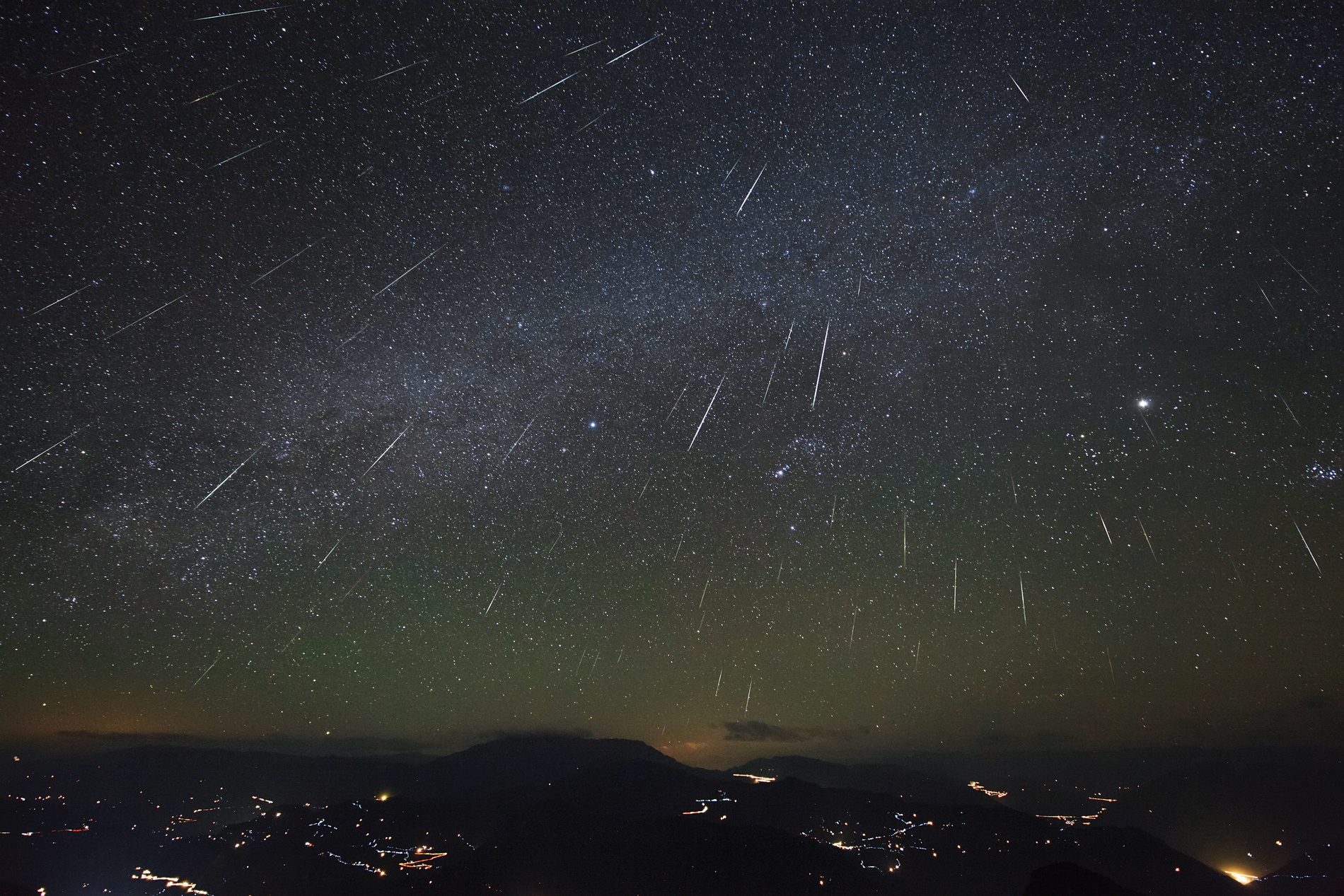January 2023 Sky
- Posted by OCastronomy
- On January 1, 2023
- 0 Comments
- Aldebaran, Antares, Asteroid 2 Pallas, Beehive cluster M44, Castor, Jupiter, M35 star cluster, Mars, Mercury, Pleiades, Pollux, Quadrantid Meteor Shower, Regulus, Saturn, Spica, Uranus, Venus
January 2023 Sky
| 1 | Moon near Uranus at 22h UT (evening sky). Mag. 5.7. Occultation visible from parts of Europe and Canada. • Uranus (Wikipedia) • Occultation of Uranus (IOTA) • Sky at Night Magazine (BBC) |
| 3 | Moon near the Pleiades at 5h UT (evening sky). • The Pleiades (Wikipedia) |
| 3 | Moon near Mars at 21h UT (evening sky). Mag. −1.1. Occultation visible from southern Africa. • Mars (Wikipedia) • Occultation of Mars (IOTA) |
| 3 | Moon near Aldebaran at 22h UT (evening sky). • Aldebaran (Wikipedia) |
| 4 | Quadrantid Meteor Shower peaks at 4h UT. Active between December 26 and January 16. Expect up to 25 meteors per hour under dark skies. Radiant is in northern Boötes. Moonlight interferes this year. • Meteor Shower Calendar (IMO) • Quadrantids (Wikipedia) |
| 4 | Earth at Perihelion (closest to Sun) at 16h UT. The Sun-Earth distance is 0.983296 a.u. (147.1 million kilometers). • Sun at Aphelion and Perihelion (Anthony Ayiomamitis) |
| 5 | Moon near M35 star cluster at 19h UT (morning sky). • Messier 35 (Wikipedia) |
| 6 | Full Moon at 23:09 UT. |
| 7 | Moon near Castor at 9h UT (morning sky). |
| 7 | Mercury at inferior conjunction with the Sun at 13h UT. The innermost planet passes into the morning sky. |
| 7 | Moon near Pollux at 14h UT (morning sky). |
| 8 | Asteroid 2 Pallas at opposition at 7h UT. Mag. 7.6. • Pallas (Wikipedia) |
| 8 | Moon at apogee (farthest from Earth) at 9h UT (distance 406,458km; angular size 29.4′). |
| 8 | Moon near Beehive cluster M44 at 19h UT (morning sky). • Beehive Cluster (Wikipedia) • M44: The Beehive Cluster (APOD) |
| 10 | Moon near Regulus at 17h UT (morning sky). • Regulus (Wikipedia) |
| 14 | Mars at northernmost declination at 11h UT. |
| 15 | Last Quarter Moon at 2:12 UT. |
| 15 | Moon near Spica at 3h UT (morning sky). • Spica (Wikipedia) |
| 18 | Moon near Antares at 12h UT (morning sky). • Antares (Wikipedia) |
| 21 | New Moon at 20:54 UT. Start of lunation 1238. |
| 21 | Moon at perigee (closest to Earth) at 20:55 UT (distance 356,569km; angular size 33.5′). |
| 22 | Venus 0.34° SE of Saturn at 23h UT (evening sky). Mags. −3.9 and 0.8. |
| 23 | Moon, Venus and Saturn within a circle of diameter 3.6° at 10h UT (22° from Sun, evening sky). Mags. −3.9 and 0.8. |
| 23 | Moon near Venus at 11h UT (22° from Sun, evening sky). Mag. −3.9. • Venus (Wikipedia) |
| 26 | Moon near Jupiter at 4h UT (evening sky). Mag. −2.2. • Jupiter (Wikipedia) |
| 28 | First Quarter Moon at 15:19 UT. |
| 29 | Moon near Uranus at 4h UT (evening sky). Mag. 5.7. Occultation visible from northern Canada. • Uranus (Wikipedia) • Occultation of Uranus (IOTA) |
| 30 | Mercury at greatest elongation west at 6h UT (25° from Sun, morning sky). Mag. −0.1. |
| 30 | Moon near the Pleiades at 10h UT (evening sky). • The Pleiades (Wikipedia) |
| 31 | Moon near Mars at 5h UT (evening sky). Mag. −0.3. Occultation visible from southern USA, Mexico, Central America, and NW South America. • Mars (Wikipedia) • Occultation of Mars (IOTA) |
|
January 2023 Sky All times Universal Time (UT). |
|


